Opinion
WHY RELEASING OUR BIG SNAPPER IS IMPORTANT
We have all dreamt of catching a 20lb snapper, and for most people growing up, this was the holy grail of fishing. For Alister Arkell, it started with Geoff Thomas’s ‘Snapper Secrets’. He couldn’t tell you how many times he watched that video, and has since spent a fair bit of time targeting moochers in the shallows. More recently, however, he’s taken far more joy in releasing these fish than taking them home to the scales...
Twenty pounds has always been the measure of success for a trophy snapper – that’s not up for debate. But there was a time when 30lbers were not all that uncommon, and they seemed to appear in every other issue of NZ Fishing News and NZ Fisherman. To celebrate its thirtieth anniversary year, NZ Fishing News ran a competition in 2007 and there were only six officially weighed 30lbers entered over the 12 months. The lion’s share of snapper world records were set in the 90s, and these were big fish – 35lbs or heavier.
These days, it’s rare to hear of a men’s or women’s snapper IGFA world record broken, although the last one for some years was just last month with Kupu-John Amoamo junior men’s mark of 15.60kg (34.78lbs) caught out of Te Kaha. Mark Hemmingway’s all-tackle IGFA record of 17.2kg seems unbreakable, and for most people, that’s the weight of a solid kingfish!
We still hear of the odd 30lb fish caught, but it’s a rarity now, and the last one I’m aware of was by Andre Kassal in the Hauraki Gulf – which, luckily for us, was released to swim another day. Most people I encounter that have caught a 30lber did it years, if not decades ago.
What would be sad is if one day we woke up and 15lbs was the benchmark for a trophy snapper. Nobody would enjoy that prospect, and the only people who would be responsible are recreational fishermen and spearos. Yes, commercial boats take far more tonnage of fish, but big fish are not their target species – they want smaller fish in the 30-50cm size range.
I must confess I’m no saint and have taken fish over 20lbs and then weighed them for my delight. I now regret killing each fish and the fish that fell just short of the mark, but I am yet to regret releasing a big snapper.

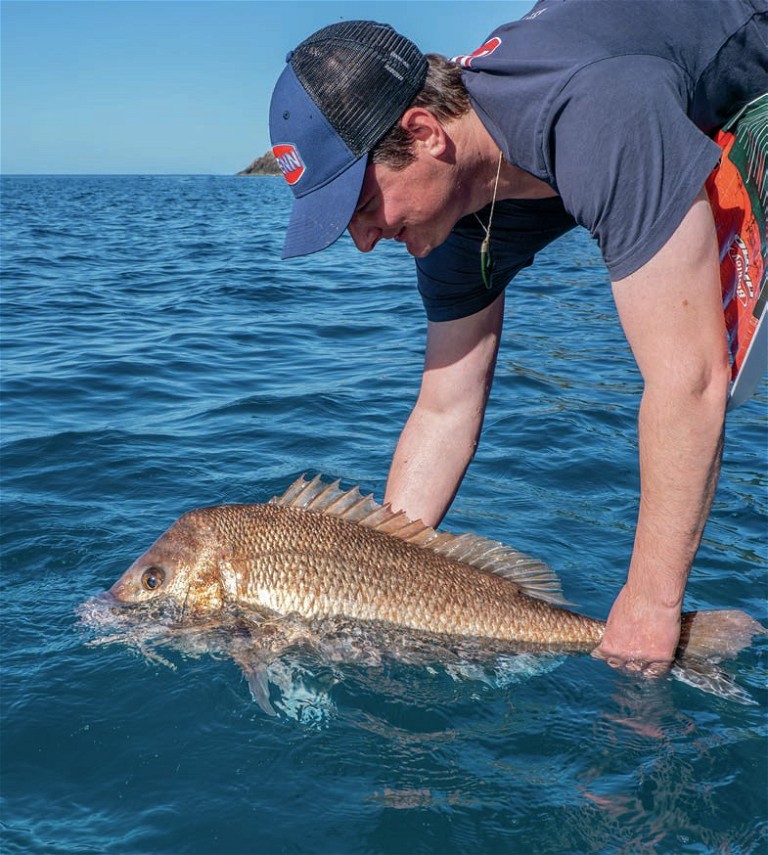
What did this Hauraki Gulf snapper weigh? We will never know as it was released.
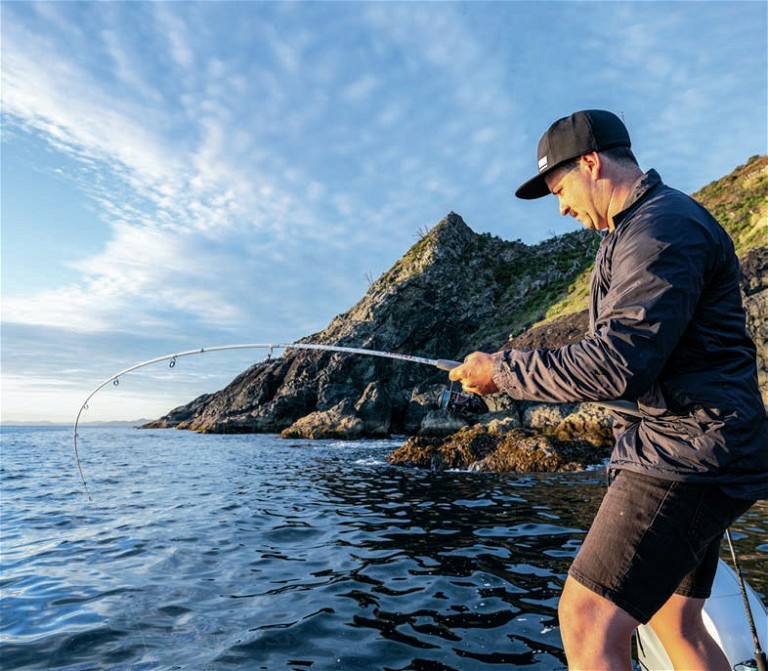
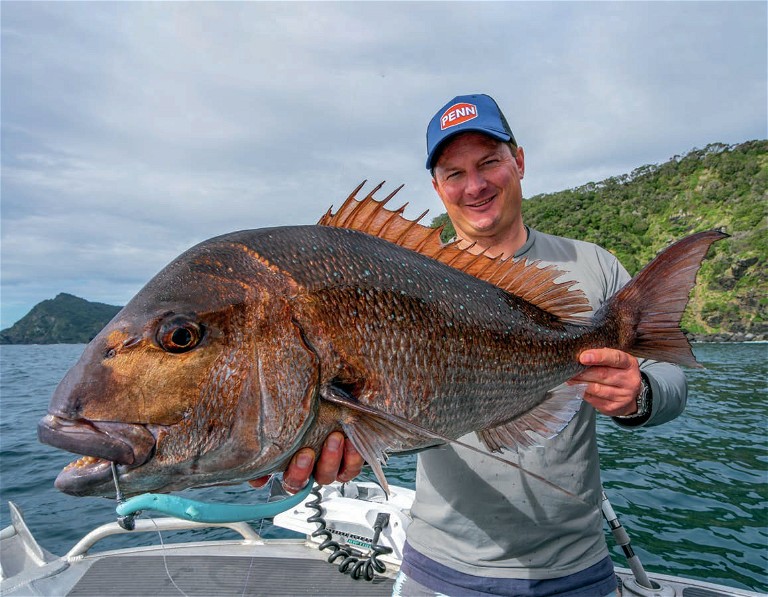
Alistair fishes in shallow water, which means his released snapper have a high survival rate.
Just pause for a moment and wonder how good the New Zealand snapper fishery would be if the thousands of snapper over 70cm (or approximately 6kg) caught in the last 30 years were released and not killed.
Our fishery would be phenomenal. It is my personal view that there are more snapper in the Hauraki Gulf today than there were 20-30 years ago. I base this on anecdotal evidence, and I find it hard not to catch snapper in the Gulf these days. However, I suggest fewer big fish over 20lbs are available today, as the replacement rate is long and slow. But smaller fish in the 30-45cm range are plentiful and at times in plague proportions, which bodes well for the future. We just have to let some of these fish go so that they can grow and grow!
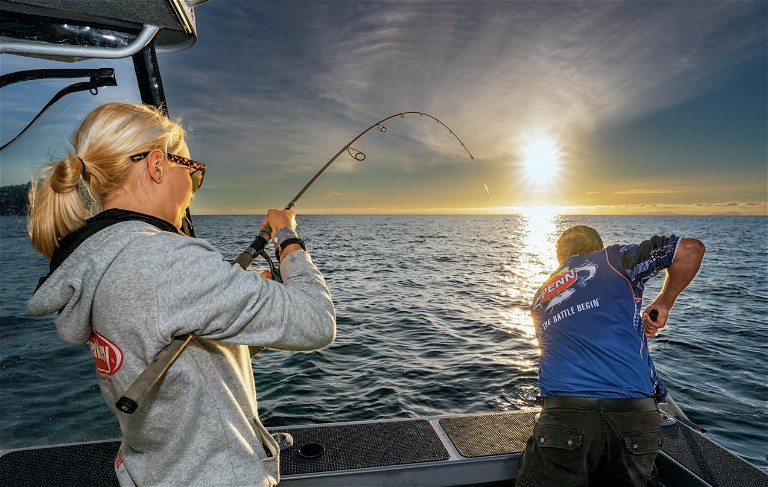
A 82cm snapper that had a very powerful release – Al couldn’t have been happier.
‘Kina Barrens’ is a popular phrase, and having done a lot of SCUBA diving in the Hauraki Gulf, I can confirm they sure do exist. It’s not hard to imagine that fewer XXL snapper and fewer crayfish are the leading cause of this growing phenomenon. Unfortunately, I have nothing to back that up scientifically – that’s just my observation from time spent on and under the water.
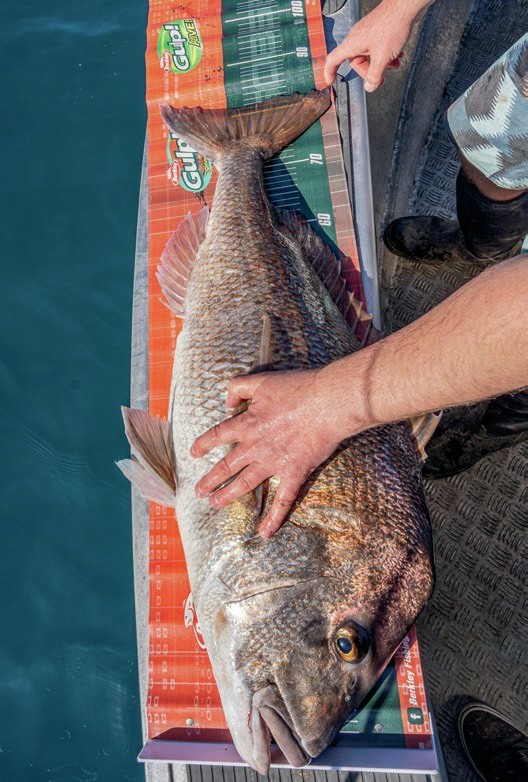
Marine reserves are touted as the saviour. However, with snapper numbers seemingly increasing in the Hauraki Gulf Marine Park, it’s the removal of big fish that we need to be concerned with, not the restricting of areas we can fish as this will only put more pressure on small fishing areas and, as a consequence, put more pressure on big fish. In my opinion, reserves are a poor tool for fisheries management.
For a change in the mindset of taking big fish, you must consider why you go fishing. For food? For stress release? To release your inner hunter? For fun? Sport?
Answer that question, and you can then move forward with a positive approach to letting go of big fish. For me, it’s to catch food, release the inner hunter, and, consequently, stress release, and I make no secret that I am selective in what I keep. I fish for food in the first instance but am selective in what I kill to minimise my impact on our respected resource.
I rarely keep snapper smaller than 40cm and always release fish longer than 55cm, unless it is mortally wounded. I also have the luxury of being predominantly a lure angler fishing in sub-12 metres of water, resulting in a near-perfect survival rate of healthy fish.
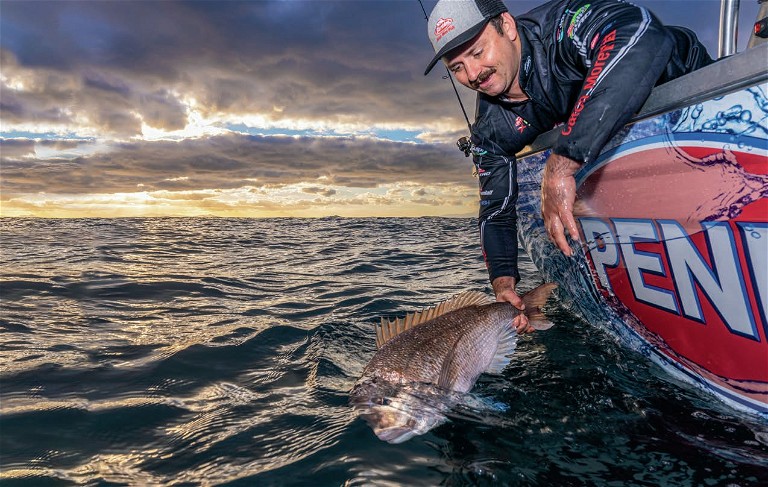
Release shots are so much cooler and more rewarding than gantry pics.
My reasons for this approach are simple. First, we don’t catch many fish under 40cm. There is minimal flesh on snapper under 40cm, and I find the taste of small snapper quite bland and watery. So, 45-55cm is my preferred size, and at this length, I only need to take four fish to feed my family of four several times. However, if I kept sub-40cm snapper, I would need my daily limit of seven fish to scrape a respectable feed.
We all want to catch the biggest fish we can for the adrenalin, the thrill of the hunt, and the admiration of our fellow anglers. Whatever your reason, most of us get a charge from doing it.
So, if you’re like me and you go fishing for food and to release the inner hunter, you don’t need to know the dead weight of a big snapper to determine the success of your day. If you are catching the nutrition you need and happen to see a big fish – try releasing it, so we all have a better fishery for tomorrow and the future.
You will never regret releasing a 70cm plus snapper, but you may well regret killing them. We’ve all got a part to play in ensuring a better fishery – not a sustainable fishery, but a better fishery. And releasing a big fish is a better flex than axing one.
The mega-sized 30 pound plus fish are sadly all but gone. It’s up to us, and only us, to not let that happen to the 20 pounders.
